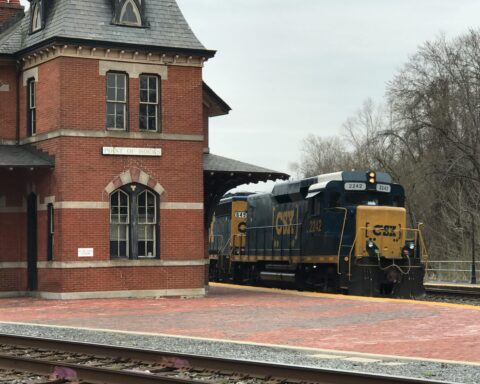Most states and territories are nearing the finish line of completing proposals that explain how they will roll out billions in federal funding to create a nationwide high-speed internet network.
About $42.45 billion is available to all 50 states, Washington, D.C. and five territories from the Broadband Equity, Access and Deployment (BEAD) program.
The program prioritizes projects that deliver high-speed internet to areas that previously did not have broadband access. States learned how much they would receive in June from the National Telecommunications and Information Administration (NTIA), which is overseeing the distribution.
To receive the funding, each state and territory must create proposals that detail plans for statewide broadband. The proposal process involves eight steps, including creating two volumes, conducting public comment periods and receiving approval from the NTIA. The deadline to have all eight steps completed is Dec. 27.
As of Nov. 29, only two states have just one step left. However, most other states made progress on creating their initial proposals. All states have completed at least four of the eight steps, while 19 have completed five, and four have completed six.
Kansas is one of the states with two steps remaining and is awaiting NTIA approval for both volumes of its proposal.
The state will receive $451.7 million and aims to be a top 10 state for broadband access by 2030. About 153,000 Kansans do not have a subscription to high-speed internet, and 6.8% of residents do not have an internet-ready device.
In its five-year plan, leaders from the Kansas Office of Broadband Development (KOBD), which is overseeing the distribution of the BEAD program funding, noted the lack of population density as one of the major challenges for broadband investment.
Since its inception in 2020, KOBD has invested $266 million in five broadband programs that included 137 projects.
One of the office’s latest programs is the Lasting Infrastructure and Network Connectivity (LINC) program to help reduce the cost of internet service and improve availability and performance. Gov. Laura Kelly announced Nov. 29 another $28.5 million in grants from the American Rescue Plan Act. These funds will allow the LINC program to invest in improving internet speeds and access and reducing infrastructure costs for connecting residents to high-speed internet.
“Improving access to high-speed broadband through the LINC program will create endless opportunities, especially in our rural areas, for many families, schools and businesses and will help develop our Kansas workforce,” House Speaker Rep. Dan Hawkins said in a news release.
Nevada is another state that has submitted both volumes of its initial proposal for the NTIA to approve. It is expected to receive $416.7 million in BEAD program funding. In its five-year plan, the Nevada Office of Science, Technology and Information, which is overseeing the state’s broadband deployment, aims to have broadband access for every resident by 2029.
The state also received a $5 million BEAD planning grant funding in 2022 from the NTIA to assist in research and data collection, outreach, technical assistance and developing the five-year plan.
All news and information on this site is provided by the team at Strategic Partnerships, Inc. Check out this short 1-minute video that provides a quick overview of how we work with clients.













